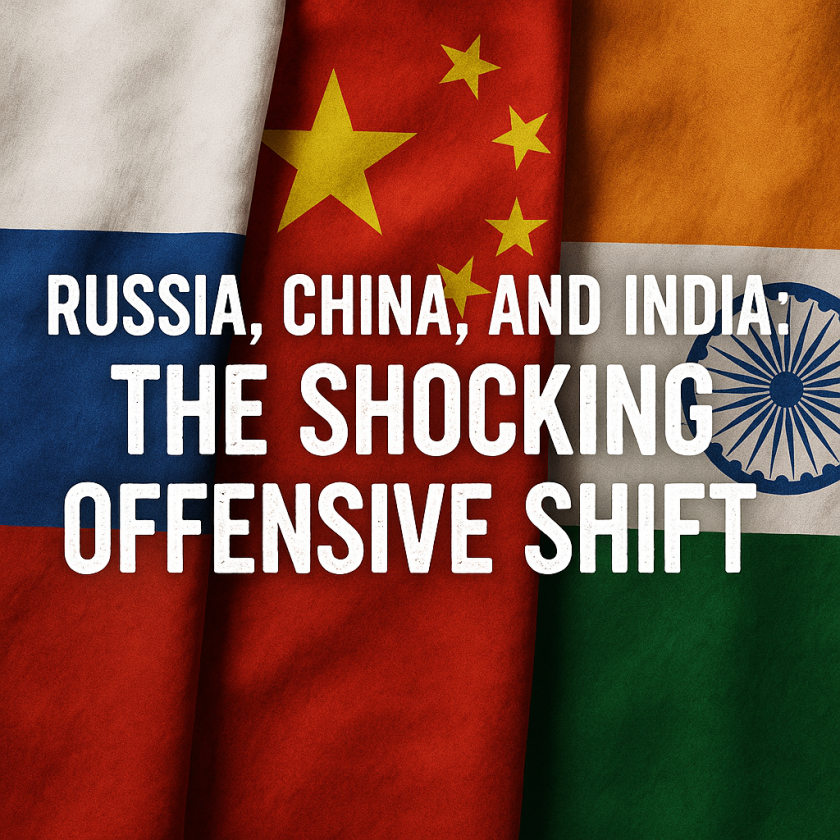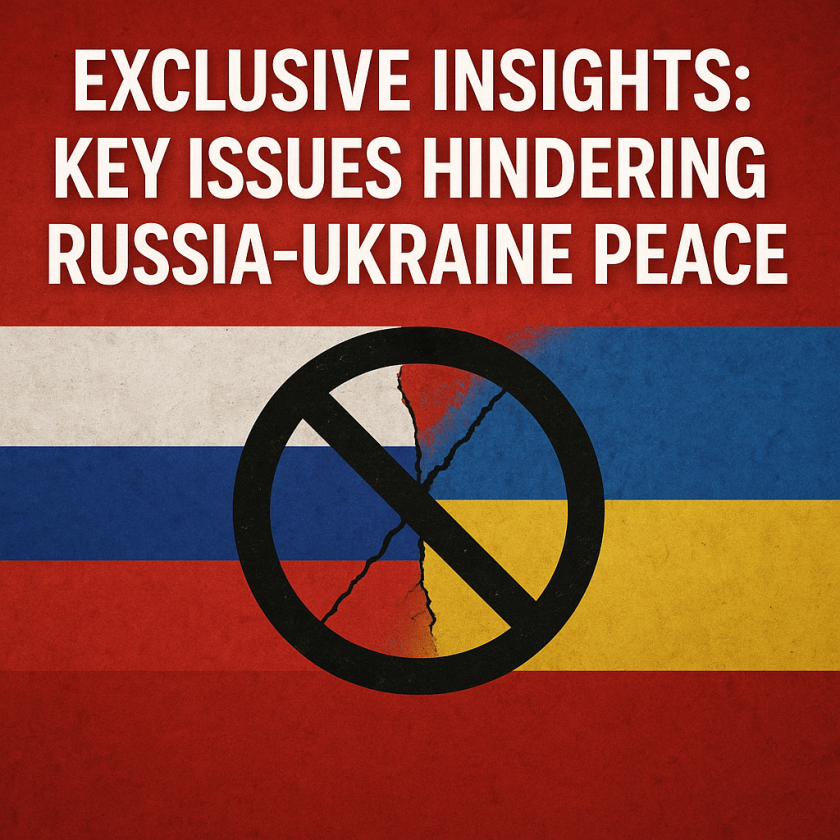US Federal Reserve Faces Dilemma Due to Trump Tariffs
US Federal Reserve Faces Dilemma Due to Trump Tariffs
Introduction
The US Federal Reserve is grappling with a complex economic situation as a result of tariffs imposed by the Trump administration. These tariffs have introduced new challenges for the Fed, complicating its monetary policy decisions.
Impact of Tariffs on the Economy
The tariffs have led to a range of economic consequences, affecting various sectors and creating uncertainty in the market. Key impacts include:
- Increased Costs: Tariffs have raised the cost of imported goods, affecting both businesses and consumers.
- Supply Chain Disruptions: Companies are facing challenges in managing their supply chains due to increased costs and trade barriers.
- Market Volatility: The uncertainty surrounding trade policies has led to increased volatility in financial markets.
Federal Reserve’s Dilemma
The Federal Reserve is caught in a difficult position as it tries to balance economic growth with inflation control. The tariffs have added layers of complexity to its decision-making process:
- Inflation Concerns: Higher import costs could lead to inflationary pressures, prompting the Fed to consider interest rate hikes.
- Growth Slowdown: The potential for a slowdown in economic growth due to trade tensions may require the Fed to adopt a more accommodative stance.
- Policy Uncertainty: The unpredictable nature of trade policies makes it challenging for the Fed to set a clear monetary policy path.
Conclusion
The US Federal Reserve is navigating a complex economic landscape shaped by the Trump administration’s tariffs. The tariffs have introduced new challenges, including increased costs, supply chain disruptions, and market volatility. As the Fed seeks to balance inflation control with economic growth, it faces a dilemma exacerbated by policy uncertainty. The outcome of this situation will have significant implications for the US economy and global markets.


































